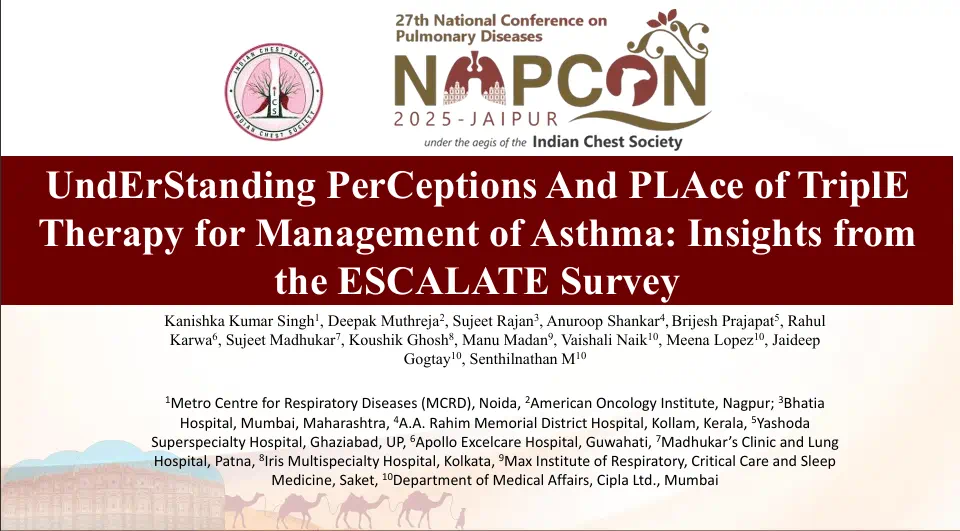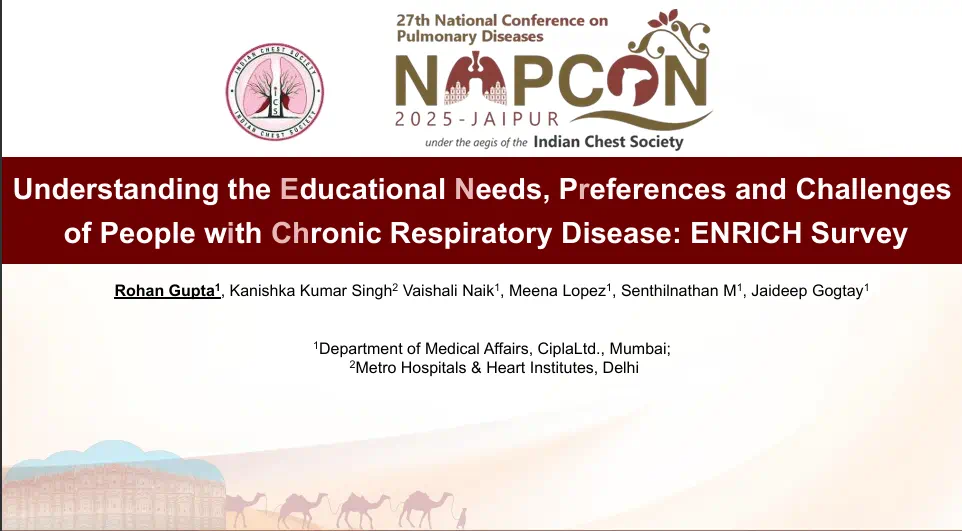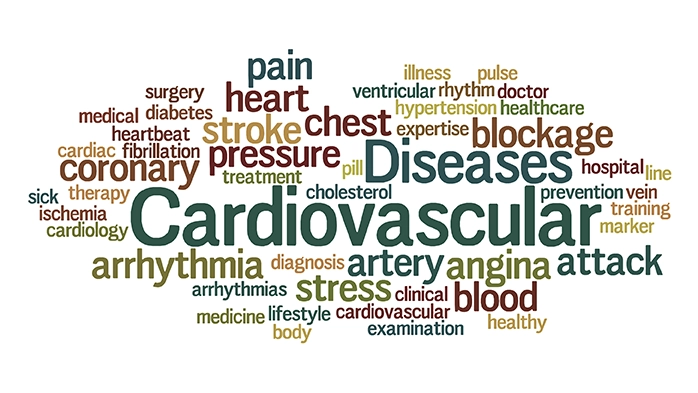Better Efficacy to Safety Ratio with Fluticasone Propionate than Beclomethasone Dipropionate and Budesonide in Asthma
28 Jun, 19
Introduction
National and international guidelines support the use of inhaled corticosteroids (ICS) for the treatment of asthma. Fluticasone propionate (FP) is a topical glucocorticosteroid for the treatment of asthma in adults and children. Initial clinical studies have suggested that FP might have the potential for a greater therapeutic index than either budesonide (Bud) or beclomethasone dipropionate (BDP).
Aim
To assess the clinical efficacy and safety of FP relative to Bud and BDP in adults and children with asthma.
Methods
Study design
- Meta-analysis of 14 studies
- Seven studies compared the efficacy and safety of FP 200-800 µg/day in 1000 patients to Bud 400-1600 µg/day in 980 patients
- Seven studies compared the efficacy and safety of FP 200-1000 µg/day in 780 patients to BDP 400-2000 µg/day in 804 patients
- FP was used at half the microgram dose (or less) of Bud or BDP
Endpoints
- Morning peak expiratory flow rate (PEFR)
- Morning serum cortisol levels
Results
- A significant improvement in the PEFR was demonstrated with FP as compared to Bud, with a potential difference of +11 L/min
- The serum cortisol levels were similar with FP and Bud at low doses but FP was associated with favorable effects at higher doses
- There were no significant differences in the PEFR between FP and BDP in the 7 individual studies or in pooled analysis
- The serum cortisol levels were also similar in FP and BDP groups
Conclusion
- The efficacy of fluticasone propionate (FP) at half the dose or less was superior to budesonide (Bud) and equivalent to beclomethasone dipropionate (BDP) in improving the peak expiratory flow rate
- FP was associated with a reduction in cortisol suppression as compared to Bud and no greater degree of cortisol suppression as compared to BDP
- The efficacy to safety ratio with FP was better than Bud and BDP in the management of asthma across all severities
Respir Med. 1998;92:95-104.









